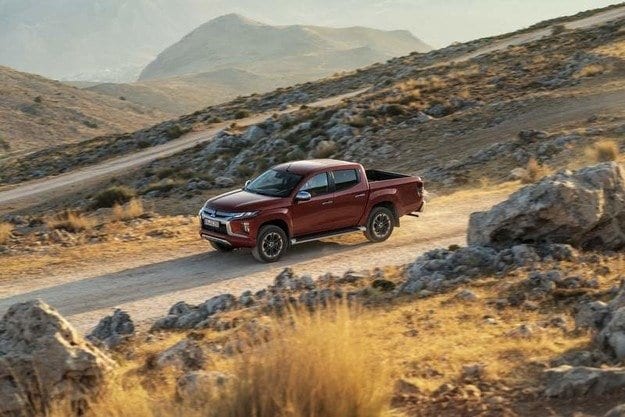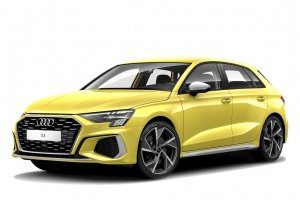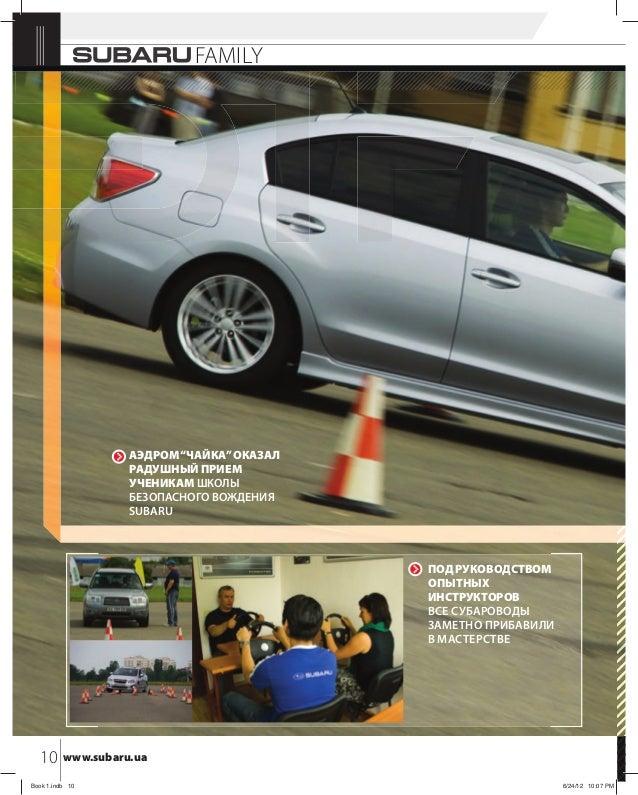
Test drive Mitsubishi L200: What work

New generation van test
Pickup trucks are one of the most common vehicle categories in many markets in Asia, North America and Latin America, while they are relatively rare in Europe, accounting for only about one percent of all sales. Some individual countries with a strong agricultural sector, such as Greece, are in some ways an exception to the "one percent" rule, but in general the situation is such that in the Old Continent pick-up trucks are mainly bought by people and organizations with a clearly defined need. from this type of transport, as well as from a certain circle of amateurs of various sports and entertainment associated with the transportation or towing of large and heavy equipment. Since then, countless variations on SUVs and crossovers have reigned.
This is the undisputed market leader in pickup trucks in Europe. Ford Ranger - which is not surprising, given the extremely diverse range of proven modifications over the years, technology and, last but not least, the design with "match" borrowings from the legendary F-series pickup trucks, which has not ceased to be number one for decades. in sales in its class in the US. After the Ranger, they qualify for the Toyota Hilux, Mitsubishi L200 and Nissan Navara - in its latest generation, the last of these models is geared more towards the lifestyle pickup niche, while the other two do not betray their classic character.
A new face and big ambitions
With the development of the new generation L200, the Mitsubishi team has gone to great lengths to maintain all the previously known qualities of the model, while adding a design that looks more impressive than ever. The front of the car is shaped to make the car more massive and more impressive than before, and the design (named by the Rock Solid brand) is unmistakably Mitsubishi. In fact, the stylistic language used showcases many borrowings from the Eclipse Cross and the revamped Outlander, and skillfully combines a masculine look with a sense of drive and dynamism. The Japanese company makes no secret that they are ambitious to make their pickup one of the top three sellers in its segment, and its extroverted appearance is undoubtedly one of its strongest weapons on the way to achieving this goal.
Inside we find a typical atmosphere of this type, characterized more by pragmatism and functionality than by any extravagance. The completely redesigned infotainment system has been significantly enhanced over its predecessor, especially in terms of smartphone connectivity. Visibility in all directions deserves to be called excellent, which, together with a relatively small radius of 5,30 meters and a turning radius of 11,8 meters, makes maneuvering much easier. Significant progress has also been made in driver assistance systems – the new L200 has Blind Spot Assist, Reverse Traffic Alert when reversing, Front Impact Mitigation Assist with Pedestrian Detection and so-called
All-new 2,2-liter turbo diesel and six-speed automatic
Under the hood of the European version of the model runs a completely new 2,2-liter diesel engine that meets the Euro 6d temp exhaust emission standard. As we often see in recent years for small and medium sized engines, the excellent environmental performance of the drive unit is partly achieved at the expense of dynamic performance, but it is a fact that after overcoming the 2000 rpm limit, the engine starts to pull strongly. confidently, leaving no doubt about the presence of a serious supply of torque - to be completely accurate, in this case equal to 400 newton meters. It should be noted that in the version equipped with the newly developed six-speed automatic transmission with torque converter, the low-speed design is hidden much better than in the base models with the classic six-speed manual transmission.
Unique dual transmission system in its class
Perhaps the biggest advantage of the sixth version of the Mitsubishi L200 is the Super Select 4WD all-wheel drive system, which offers a unique set of qualities in its category. There is currently no other model in the L200 category that simultaneously uses dual drive in normal driving, downshifting the transmission and locking the rear differential. In simple terms, for the first time in its segment, the model combines the advantages of heavy off-road equipment with the balanced and safe behavior on asphalt, which, for example, the Volkswagen Amarok boasts. In addition to the familiar driving modes suitable for extreme conditions (with a locked center differential and engaged "slow" gears), the driver has an additional selector to select combinations of settings of various systems depending on the road surface - the system offers a choice between sand, gravel and stones. According to the car's creators, its off-road qualities have been improved in almost every way, for example, the depth of water obstacles now reaches 700 millimeters instead of the current 600 millimeters - clear proof that good design can bring more functionality and functionality.
During the first official testing of the model in Europe, we had the opportunity to see that the L200 has the potential to deal with difficult situations, far beyond the capabilities of 99 percent of drivers. At the same time, however, it has become significantly more advanced in terms of its performance on regular asphalt - the car remains pleasantly quiet and calm on the highway, and its handling on winding roads is much better than its size and height suggest. The model is indeed better in every way than its predecessor, which, combined with attractive design, gives Mitsubishi a serious chance of meeting its ambitious market share goals in the L200 class.
Text: Bozhan Boshnakov
Photos: Mitsubishi

